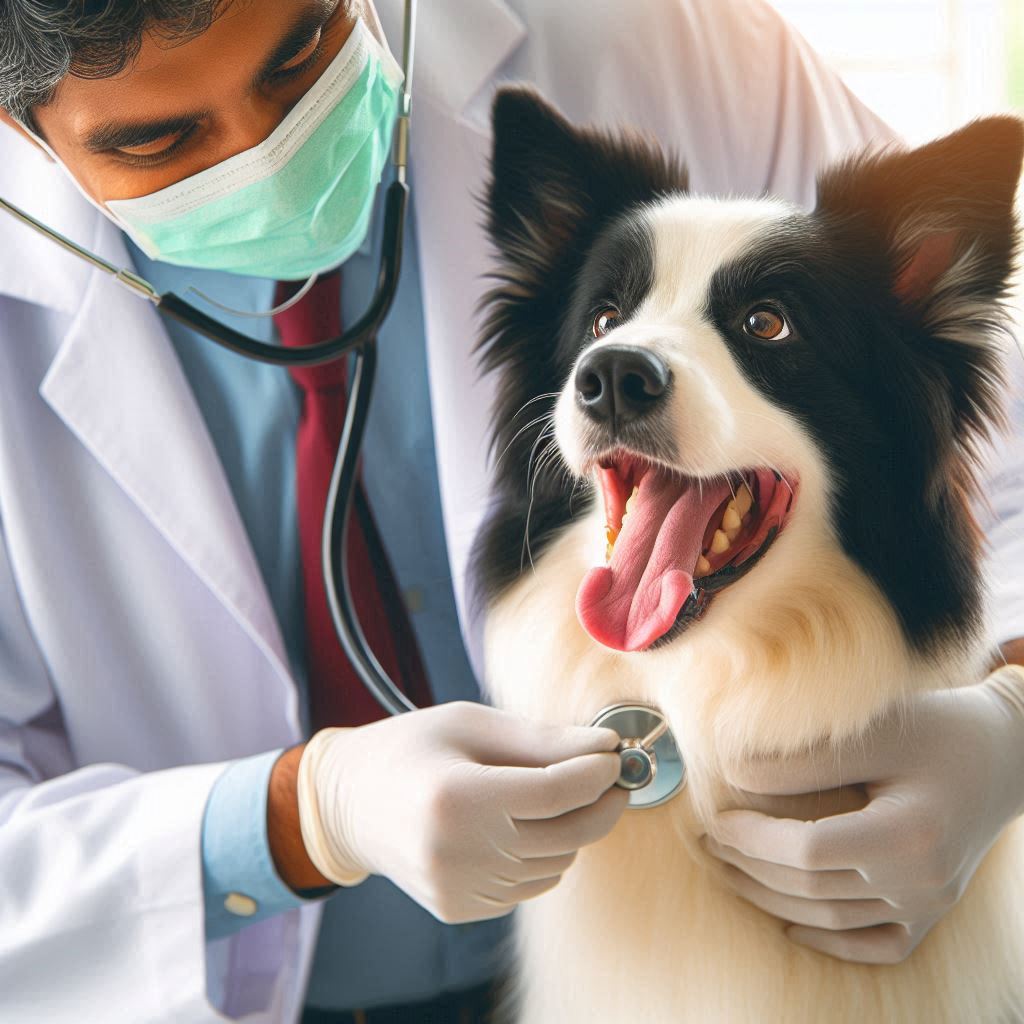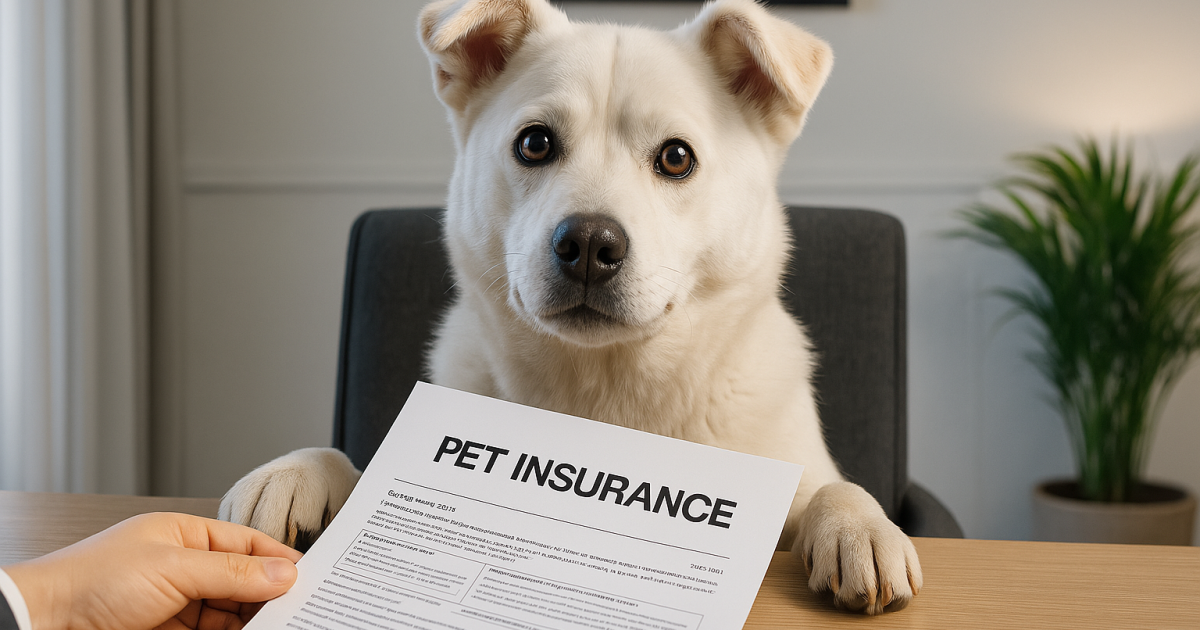At Pawfect Life, we know your pet isn’t just an animal—they’re family. And as a loving pet parent, their health and safety are at the top of your priorities. But with veterinary costs rising each year, even routine care can put a strain on your budget. That’s where pet insurance becomes a game changer.
Just like health insurance for humans, pet insurance helps you manage costs for unexpected illnesses, injuries, and even preventive care. But with so many types and providers available, how do you know what’s right for you and your pet?
Let’s explore the types of pet insurance, their benefits, drawbacks, and everything you need to make a smart decision.
Table of Contents

📋 Why Pet Insurance Matters
You may be wondering—do I really need pet insurance? Here’s why it’s more valuable than ever:
- Unpredictable vet costs: Emergency surgery, X-rays, and long-term medications can cost thousands.
- Access to better care: With insurance, you don’t have to choose the cheapest option—you can choose the best.
- Peace of mind: Know that you’re financially prepared for any health issue your pet might face.
- Protection against rising prices: Vet care inflation has increased significantly in recent years.
Did you know? According to the North American Pet Health Insurance Association (NAPHIA), the average vet bill for an unexpected surgery is over $1,500. A good policy can reimburse up to 90% of that.
📄 1. Accident-Only Pet Insurance
Accident-only plans are the most affordable entry point into pet insurance.
What it covers:
- Broken bones
- Accidental poisoning
- Swallowed objects
- Cuts, sprains, and burns
Pros:
- Low monthly premiums
- Simple to understand
- Immediate protection for high-risk incidents
Cons:
- Doesn’t cover illnesses or preventive care
- No help with chronic or hereditary conditions
Real scenario: If your dog swallows a sock and needs surgery costing $2,000, an accident-only plan could reimburse you up to $1,800.
Best for: Young, healthy pets or pet parents on a tight budget.
📟 2. Accident and Illness Coverage

This is the most popular type of pet insurance and offers comprehensive care.
What it covers:
- Accidents (like those mentioned above)
- Illnesses such as cancer, infections, digestive issues
- Some chronic conditions, depending on the provider
Pros:
- Balanced cost vs. coverage
- Covers a wide range of issues
Cons:
- Higher premiums than accident-only
- Doesn’t cover pre-existing conditions
Real scenario: Your cat develops diabetes and needs regular insulin and vet visits. This plan helps you manage ongoing costs effectively.
Best for: Most pet parents seeking full protection without going all-in on premium plans.
🌿 3. Wellness or Routine Care Plans

These are add-ons or separate plans that cover preventive treatments.
What it covers:
- Vaccines
- Flea and tick treatments
- Annual check-ups
- Dental cleanings
Pros:
- Encourages preventive care
- Helps with expected expenses
Cons:
Usually capped reimbursements
May not offer more value than out-of-pocket payments
Real scenario: If your vet charges $200 for vaccines and you have a $250 annual wellness plan, you’re covered.
Best for: Owners who prefer to budget monthly for routine care.
🔁 4. Lifetime or Comprehensive Coverage
The gold standard of pet insurance—best for long-term peace of mind.
What it covers:
- Chronic and hereditary conditions
- Accidents and illnesses
- Ongoing treatments
Pros:
- Lifetime renewals for conditions
- Great for breeds prone to health issues
Cons:
- Highest premiums
- May require ongoing commitment to one provider
Real scenario: If your bulldog develops a lifelong skin condition, this plan ensures all vet costs related to that issue are covered annually.
Best for: Breeds with known health risks and pet owners wanting full coverage.
🏥 Provider Comparison
Let’s compare two leading pet insurance companies:
ASPCA Pet Health Insurance
- Established and backed by the ASPCA
- Offers accident-only, comprehensive, and wellness add-ons
- Customizable deductibles and reimbursement rates
- Explore ASPCA Pet Health Insurance
Healthy Paws
- Known for excellent customer service
- No caps on payouts
- Fast claims process via app
- Lifetime coverage for chronic conditions
- Learn more about Healthy Paws
🧠 Tips for Choosing the Right Pet Insurance
Before choosing a provider, consider these steps:
- Assess your pet’s health history
- Compare at least 3 quotes using tools like Pet Insurance Review
- Check provider reputation (look at claim processing times, exclusions)
- Understand policy terms (deductibles, caps, waiting periods)
📊 Quick Comparison Chart
| Type | Covers | Cost | Best For |
|---|---|---|---|
| Accident-Only | Injuries only | $ | Budget-conscious owners |
| Accident & Illness | Injuries + diseases | $$ | Most pet parents |
| Wellness | Preventive care | $$ | Planned care lovers |
| Lifetime | Chronic, long-term issues | $$$ | High-risk breeds |
🐶 Real Pawfect Life Stories
“When my lab tore her ACL, the surgery cost over $4,500. I was reimbursed 80% thanks to pet insurance. It saved me from debt!” — Jamie, Pawfect Life Reader
“After my cat developed kidney disease, Healthy Paws covered over $2,200 in treatments. I’m so grateful for the support.” — Leonor, Pawfect Life Subscriber
🔗 Related Reading on Pawfect Life:
📍 FAQ: Pet Insurance
Is pet insurance worth it?
Absolutely—pet insurance offers crucial financial protection that can help you afford unexpected veterinary expenses. From emergency surgeries to costly treatments for chronic illnesses, having insurance means you’re more likely to say “yes” to the best care without stressing over the bill.
Can I insure an older pet?
Yes, many pet insurance providers accept older pets, though coverage may come with higher costs and limited options. It’s recommended to enroll pets when they’re younger, but it’s never too late to protect your senior companion, especially from age-related conditions.
Are pre-existing conditions covered?
Typically, no. Most insurers exclude pre-existing conditions—any illness or injury that occurred before coverage began. However, some companies, like ASPCA Pet Health Insurance and Healthy Paws, may cover curable conditions after a waiting period, so it’s essential to compare policies carefully.
What is a deductible?
A deductible is the amount you’re responsible for paying before your insurance kicks in. It can be annual or per incident, and choosing a higher deductible usually lowers your monthly premium—but increases your out-of-pocket costs in emergencies.
Can I customize a pet insurance plan?
Yes, most reputable pet insurance providers allow customization. You can often choose your deductible, reimbursement percentage, and coverage limits. Many also offer optional add-ons for dental care, alternative therapies, and wellness exams to tailor a plan that fits your pet’s unique needs.
📆 Final Thoughts
Choosing the right pet insurance can help you provide the best possible care without breaking the bank. From accident-only coverage to comprehensive lifetime support, there’s a plan tailored for every kind of pet parent.
Take the time to research, compare, and understand your options. You’ll thank yourself when the unexpected happens—and your furry friend will, too.
💬 Tell us in the comments: What has your experience with pet insurance been like?
📢 Don’t forget to subscribe to our newsletter for expert tips, community stories, and must-know pet parenting advice.

Passionate about animals and an expert in pet behavior, I created Pawfect Life to help you better understand and care for your companion—whether they have fur, scales, or feathers. Here, I share practical tips and reliable information to ensure a happier, healthier life for your pet. Let’s embark on this journey together! 🐾✨






